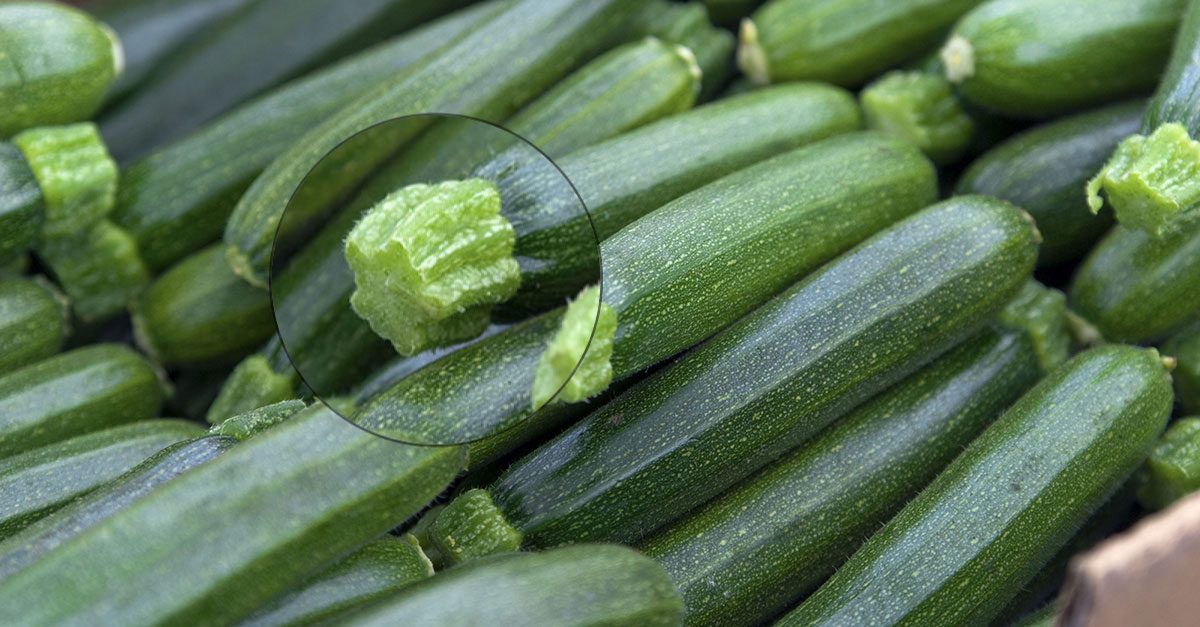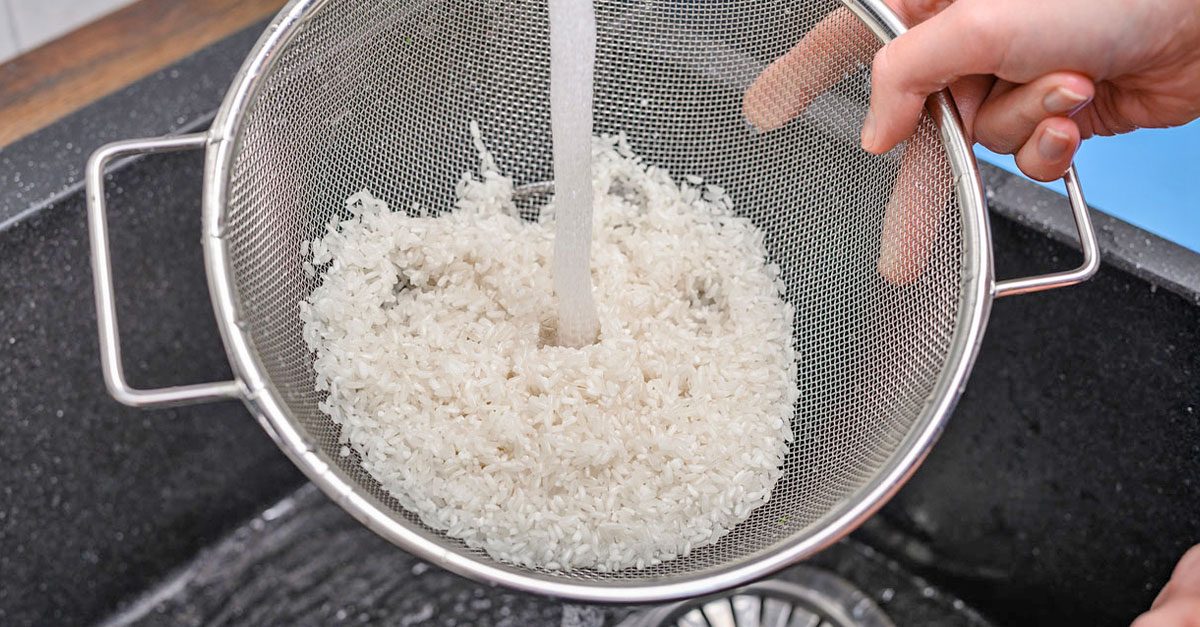;)
Blind baking is an effortless technique that has you baking pie crust before adding its fillings. While this might sound like a straightforward process, it's not easy to pull off for various reasons:
- As the crust bakes, pockets of steam cause the layers of pastry to puff up, taking up space that's meant for the filling.
- The sides of the crust begin to sag before they start to crisp, leaving you with a rather unappealing slouching effect.

Thankfully, the solutions to these common blind baking problems are simple to do.
- Simply line the unbaked pie crust with parchment or aluminum foil.
- Weight it down with something so that the bottom doesn’t puff and the sides don’t slouch. There are special pie weights for this job, but you can also just use dry beans (about 1 1/2 pounds) or even a few pennies.
- Once the crust is set i.e. their edges start to brown, remove the weights and let the crust cook a little longer on its own.
Yes, it's that easy!
If you prefer a partially baked crust for your pie, you want the bottom to look dry and flaky, but still pale. For a fully baked crust, let it name until it's bottom starts to turn light golden. The whole blind baking process should last for about 15 to 20 minutes.
Docking vs. Pie Weights: Which Is Best?

Sometimes, you might find recipes that specify that you should blind bake the crust by “docking” the pie instead of using weights. Docking is simply pricking the pie crust all over with a fork. The holes make room for the steam to escape, preventing the crust from puffing up.
While docking is much easier to do, most professional chefs still prefer the weighting method because of the additional support they provide for the sides of the pie crust. You also won't have to worry that the pie filling is leaking through the holes.
There you have everything to know before blind baking pie crust. With the easy steps outlined above, you'll always achieve the perfect pie crust regardless of the recipe.
Enjoy!
;Resize,width=712;)
;Resize,width=712;)
;Resize,width=712;)
;Resize,width=767;)
